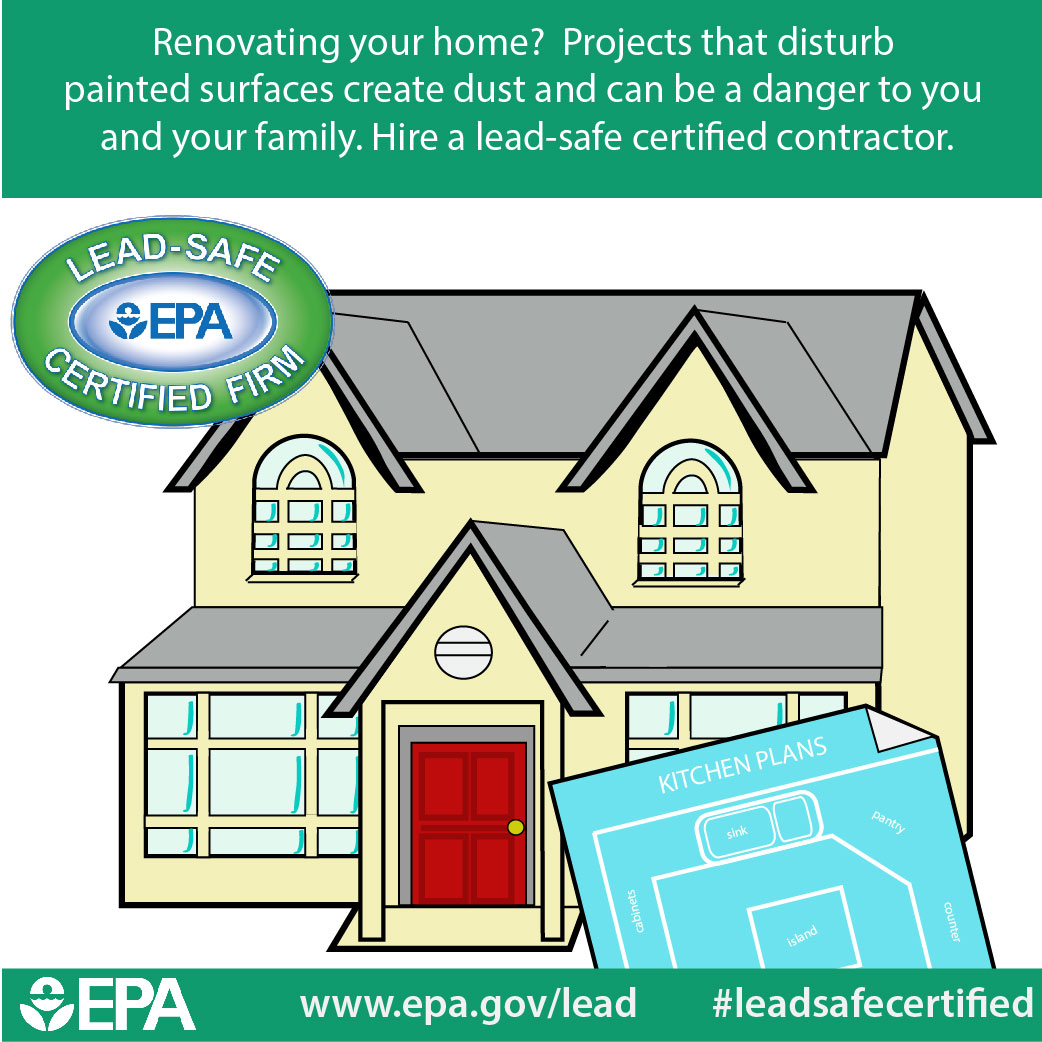Learn More About The Methods Which Seasonal Factors Can Impact The Success Of Industrial Outside Painting And Determine The Best Times To Achieve Lasting Results For Your Task
Learn More About The Methods Which Seasonal Factors Can Impact The Success Of Industrial Outside Painting And Determine The Best Times To Achieve Lasting Results For Your Task
Blog Article
Write-Up Writer-Regan Skafte
When you're planning a commercial exterior paint job, seasonal elements can make or damage your results. You'll want to think about exactly how temperature and humidity influence paint application and drying times. Picking the best period can ensure your paint adheres properly and lasts much longer. Yet which periods are genuinely the very best for this sort of work? Let's check out the key elements that can influence your job's success.
The Impact of Temperature on Paint Application
When you're intending an industrial external painting project, the temperature level can substantially impact exactly how well the paint sticks and dries out.
Ideally, you intend to paint when temperatures vary between 50 ° F and 85 ° F. If it's as well cold, the paint may not heal effectively, resulting in concerns like peeling off or breaking.
On the other hand, if it's as well hot, the paint can dry as well promptly, preventing correct attachment and resulting in an uneven finish.
You should additionally take into consideration the time of day; morning or late afternoon offers cooler temperatures, which can be a lot more beneficial.
Constantly check the producer's recommendations for the particular paint you're utilizing, as they frequently offer advice on the optimal temperature level array for ideal results.
Humidity and Its Effect on Drying Times
Temperature level isn't the only environmental factor that influences your industrial outside painting project; moisture plays a considerable function as well. High moisture levels can slow down drying out times significantly, influencing the total top quality of your paint task.
When the air is saturated with wetness, the paint takes longer to cure, which can result in issues like poor adhesion and a greater threat of mildew growth. If you're painting on an especially humid day, be planned for extended delay times in between layers.
It's important to keep track of local weather and plan appropriately. Ideally, aim for humidity degrees in between 40% and 70% for optimum drying out.
Keeping these factors in mind ensures your project remains on track and provides a long lasting coating.
Best Seasons for Commercial Exterior Paint Projects
What's the best time of year for your business external painting projects?
Springtime and very early loss are normally your best options. Throughout these periods, temperature levels are moderate, and moisture levels are typically lower, creating excellent conditions for paint application and drying out.
Prevent summer season's intense heat, which can cause paint to dry too rapidly, resulting in poor attachment and coating. Similarly, wintertime's cool temperatures can hinder appropriate drying out and curing, running the risk of the durability of your paint task.
Aim for days with temperatures between 50 ° F and 85 ° F for ideal results. Keep in https://www.homesandgardens.com/interior-design/entryway-paint-ideas to check the local weather prediction for rainfall, as wet problems can ruin your job.
go here around these variables guarantees your paint job runs efficiently and lasts longer.
Verdict
Finally, preparing your commercial outside paint projects around seasonal considerations can make a significant distinction in the end result. By scheduling job throughout the ideal temperature levels and humidity levels, you'll make certain far better bond and drying out times. Remember to watch on regional weather forecasts and select the correct time of year-- springtime and early autumn are your best choices. Taking these steps will certainly help you achieve a durable and expert finish that lasts.
